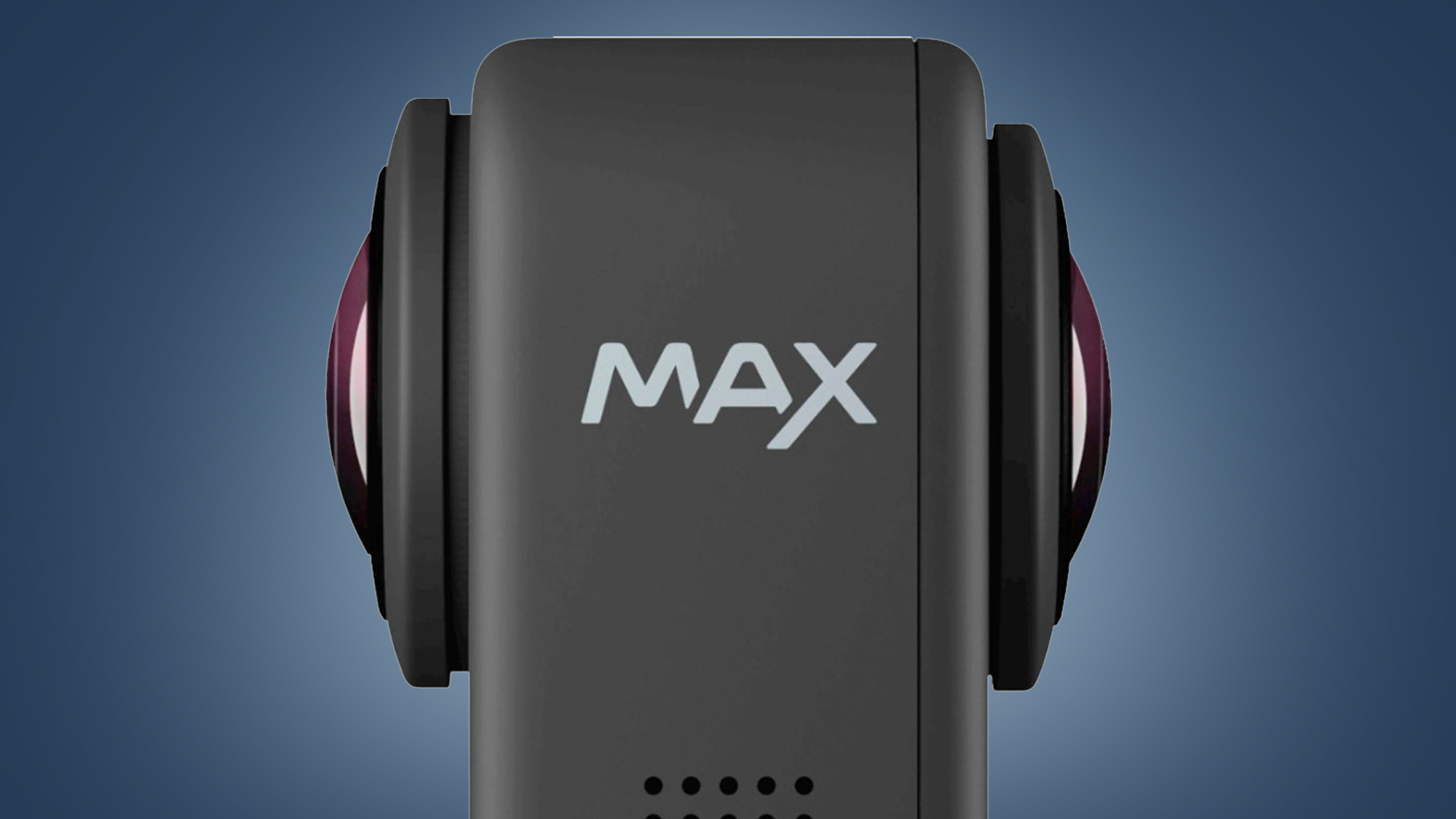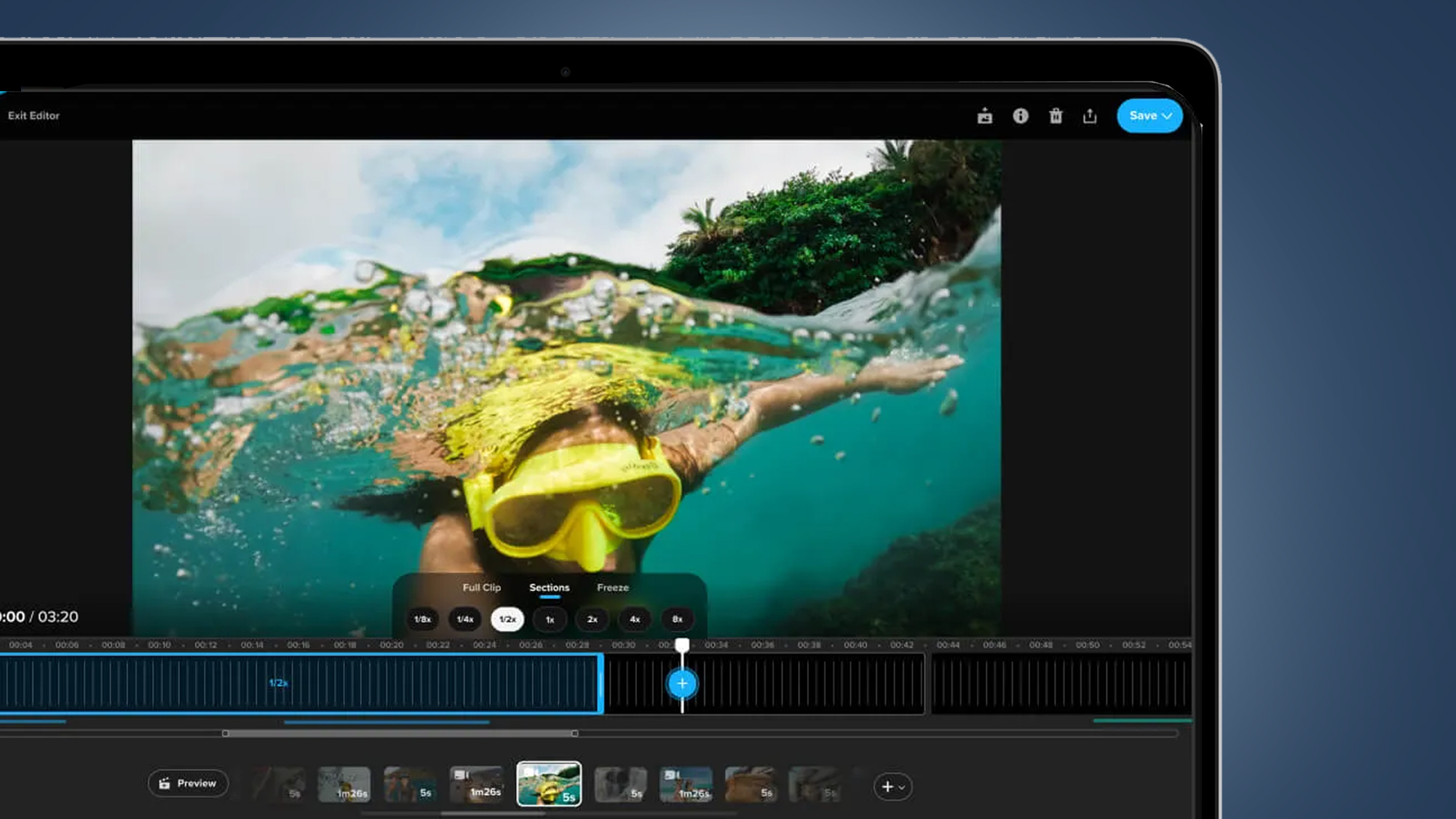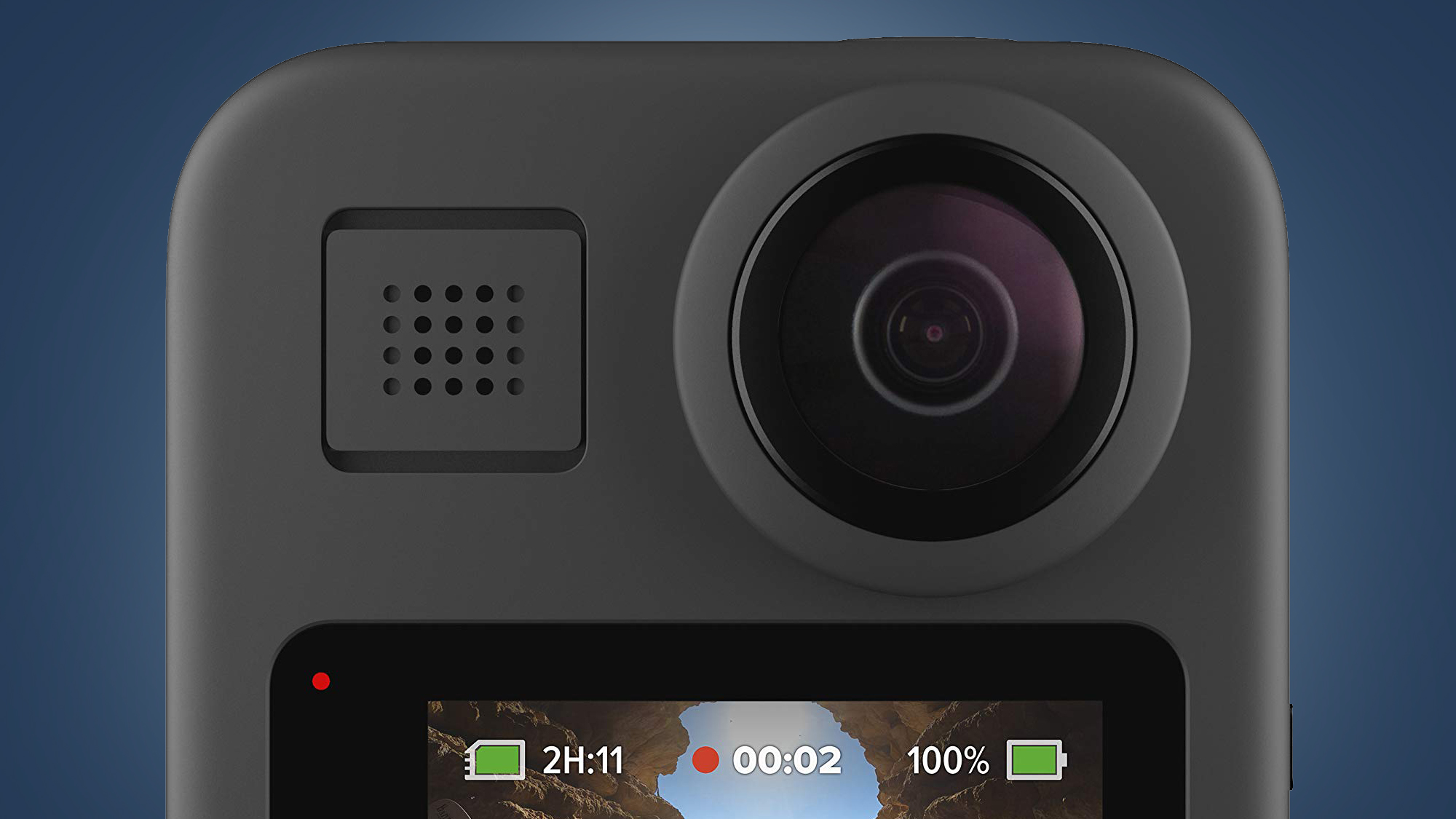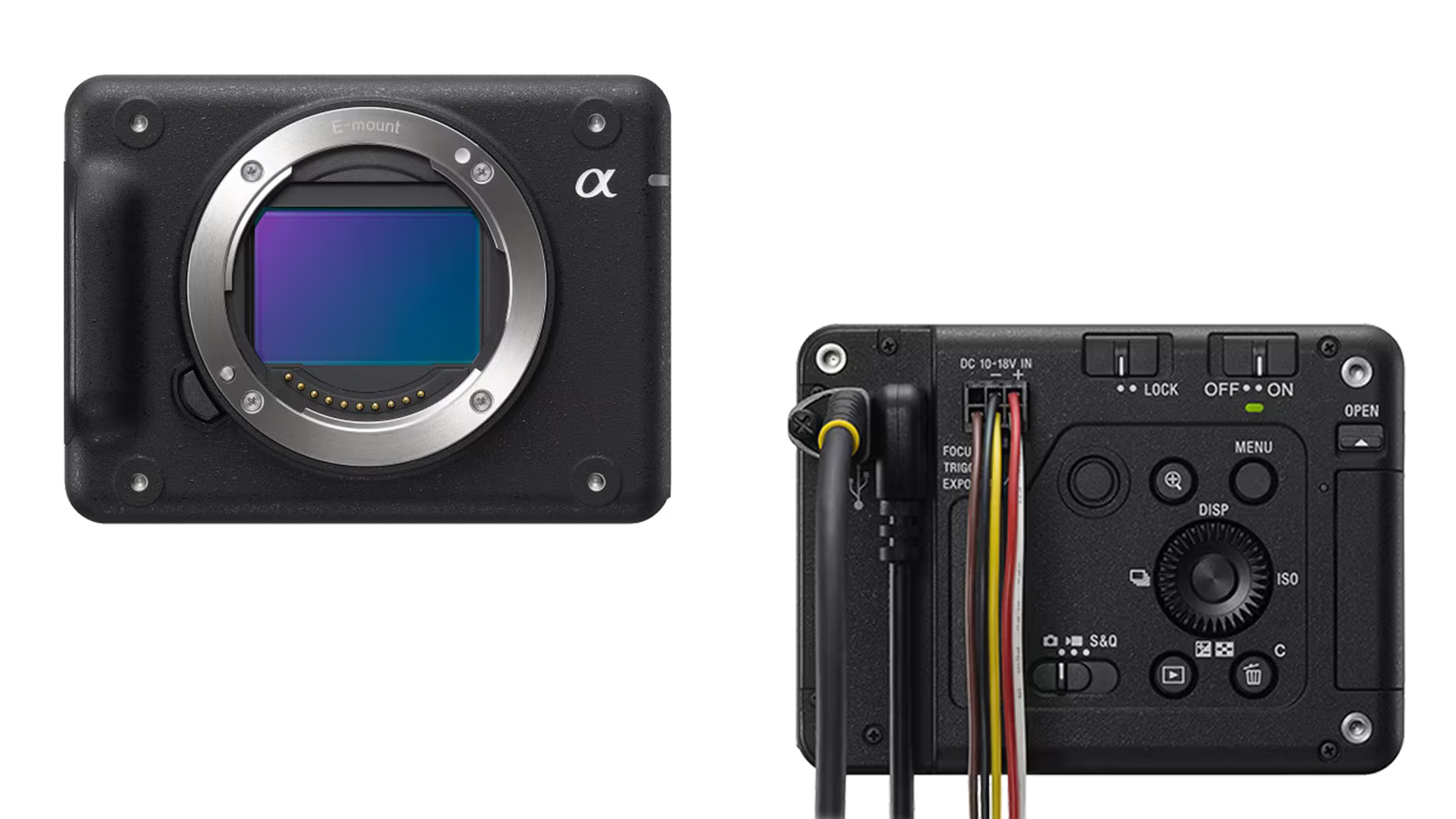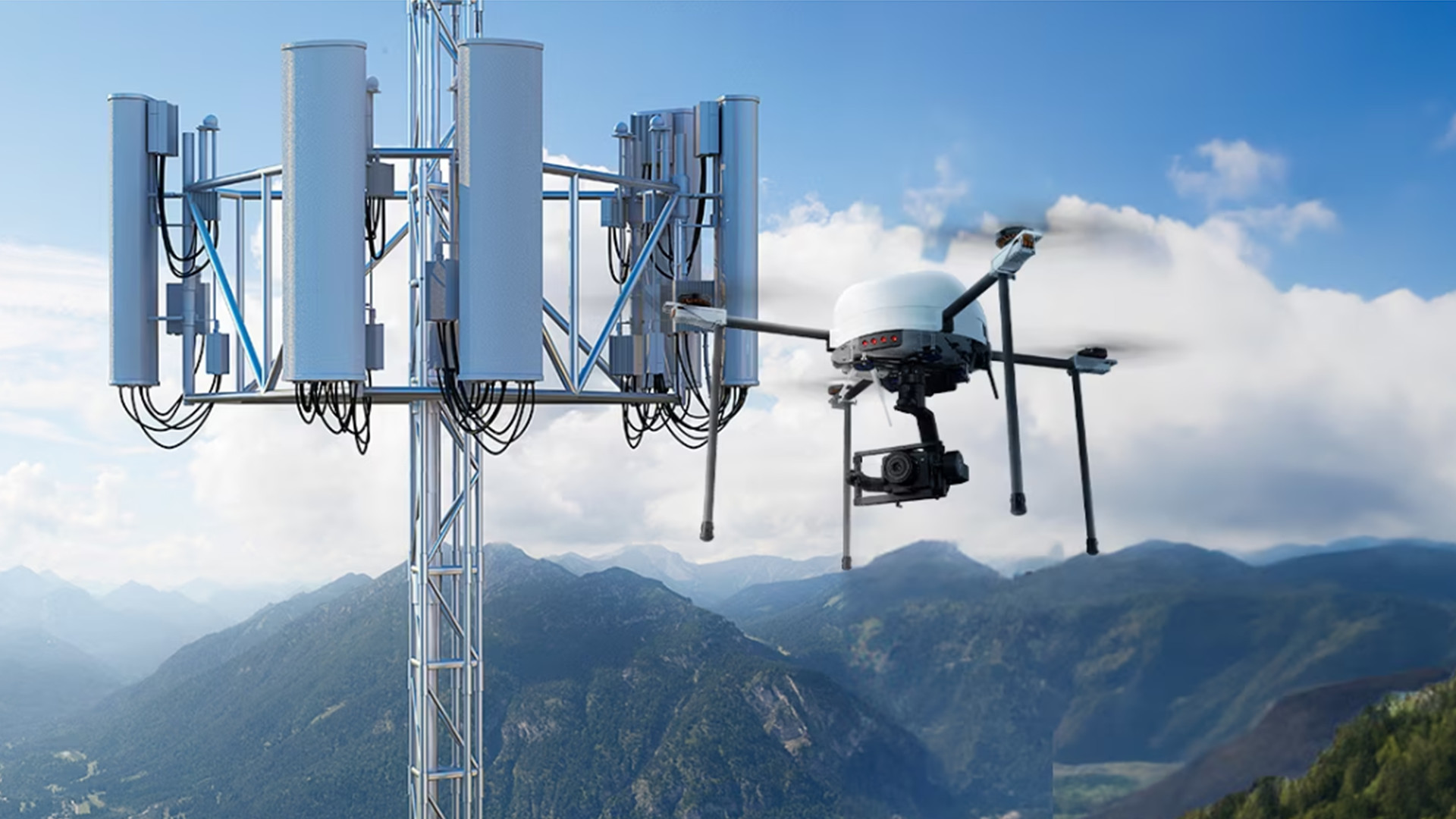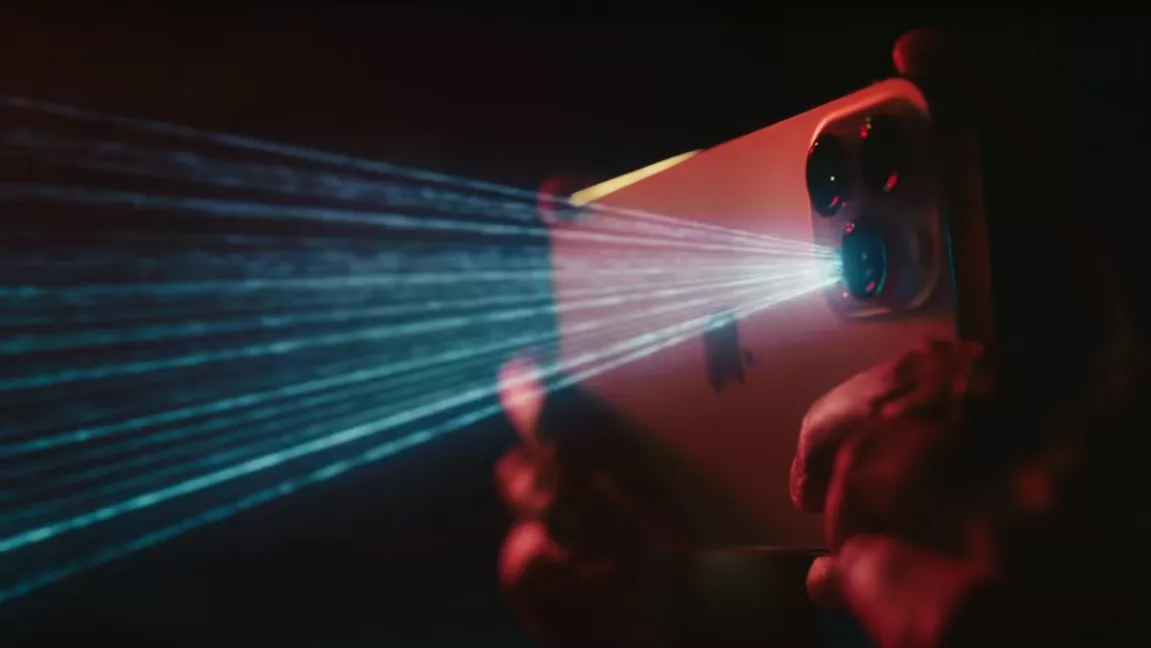A series of new renders for the upcoming OnePlus 12 have recently surfaced indicating the company may be replacing a contentious camera module.
If you’re not familiar with the story, a previous leak of the OnePlus 12 back in July displayed the rear camera system had a rectangular, stainless steel “bump” underneath the two lenses. Online reactions to this steel plate were mixed, to say the least. But, according to a recent MySmartPrice report, OnePlus is opting for a more familiar design for the camera island on its upcoming flagship phone. It’ll be, as 9to5Google puts it, “less ugly” looking for some.
The renders show the three OnePlus 12 lenses will be housed in a circular module with a blank space on the bottom right. The stainless steel portion is gone. It’s unknown what this fourth space will hold. We thought at first it could hold the smartphone’s flashbulb. After all, that’s where it is on the OnePlus 11.
However, if you look closely at the renders, the bulb is actually in the upper left-hand corner. The hole could be where the rumored 64MP periscope lens will be. Of course, we can’t say for sure right now.
OnePlus 12 5K Design Renders Reveal Refined Camera Module.Via: @OnLeaks × @mysmartprice🔗https://ift.tt/z9Lc3E7 #OnePlus12 https://t.co/7XZbEvORRD pic.twitter.com/g4xxPiTr39September 6, 2023
Small tweaks
Besides the changes to the camera setup, the MySmartPrice report does mention one other design tweak. The Hasselblad logo on the module has been replaced with the brand’s stylized ‘H’ and it’ll be moved to the far left.
Other than that, the phone looks identical to prior renders. The phone display will have a “punch-hole cutout” in the center for the selfie lens. Additionally, the power and alert sliders will be on the right side of the device “whereas the volume keys will be on the left”.
This information comes from notable industry insider OnLeaks who claims these images are “based on pre-production [units]” This means these pictures show a close approximation of what the final design may look like.
OK #FutureSquad… Back in July, I gave you the very first and early look at the much anticipated #OnePlus12. Since, it appears #OnePlus tweaked the rear camera configuration and today, I’m back with updated renders which have been made based on pre-production unit pictures.… pic.twitter.com/Pb7W1fdgLJSeptember 6, 2023
As with every leak, take this information with a grain of salt. Things could always change at the last minute. Maybe OnePlus changes its mind a second time and goes back to the steel bump.
The launch date for the OnePlus 12 line is also unknown although rumors point to the phone releasing first in China this December. A global rollout will reportedly occur in either January or February with a $699 price tag. It’s said the mobile device will be available in black and sandstone.
While we have you, be sure to check out TechRadar’s list of the best OnePlus phones for 2023 if you’re in the market.
You might also like
from TechRadar - All the latest technology news https://ift.tt/FDUtwjc
